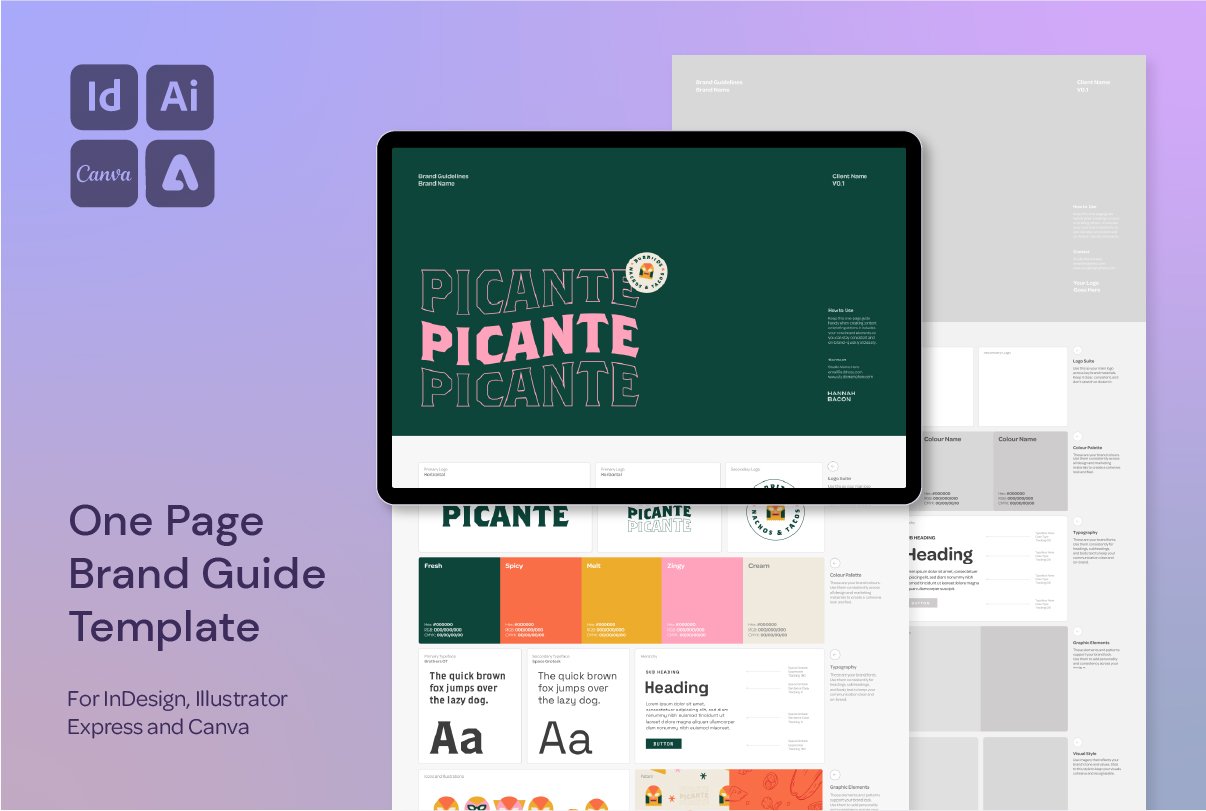How to Create a Checkered Pattern Brush with Working Corners in Illustrator
How to Build a Checkered Illustrator Brush with Aligned Corners (It Took Me a Minute Too!)
I’ve recently added a Checkered Pattern Brush Set to my online store, and while building it, I came across a super frustrating Illustrator quirk: getting your corners to actually align cleanly in a pattern brush.
If you’ve tried making checkered brushes in Illustrator and found the corners misaligning or snapping weirdly—this post is for you. It took me a hot minute to figure out why, but once you understand how Illustrator treats alignment in pattern brushes, the fix is super easy.
You’ll find a link to the brush set I created below if you’d rather skip the DIY and grab one that’s ready to go 👇
👉 Checkered Brush Set →
What You’ll Learn:
How to build a seamless checkered pattern
Why corners misalign in Illustrator brushes
How to fix it using bounding boxes and Smart Guides
A quick bonus tip using the Twist effect to add variation
You can check out this video (and lots more!) over on my Instagram Page @hannah.bacon.design
Creating a Checkered Brush with Straight Corners
Step 1: Create Your Check Pattern
Start by creating a simple row of checkered squares.
Duplicate and align them evenly using Smart Guides (Cmd/Ctrl + U) for accuracy.
Then reduce the width of your tiles by 50% so the repeat remains symmetrical on both sides.
Step 2: Build a Matching Corner Tile
Use the same check pattern logic to build a corner piece.
Make sure it visually mirrors how the straight tile would wrap around a 90° turn.
Step 3: Create the Pattern Brush
Select your straight tile and go to the Brush panel → New Brush → Pattern Brush.
Add the straight tile first.
For corners, hold ALT and drag your corner tile into the corner section of the brush palette.
Step 4: Why the Corner Doesn’t Align (And How to Fix It)
You’ll notice the corner piece doesn’t sit flush. That’s because Illustrator aligns pattern tiles to the bottom of their bounding boxes, not the centre of your artwork.
Step 5: Create an Invisible Bounding Box
Draw a rectangle around your corner tile that acts as the bounding box.
This box should match the height of your side tile and fully enclose the artwork.
Remove the fill and stroke from the box.
Step 6: Align the Corner Tile in the Box
Move the check pattern upward so it sits centrally inside the bounding box.
This adjustment ensures Illustrator places the tile where you expect it.
Step 7: Replace and Test the Brush
Re-add the updated corner tile into the pattern brush.
Test it on a rectangle or path—your corners should now align perfectly!
Bonus Step: Expand + Apply Twist
Once applied, expand the brush stroke via Object → Expand Appearance.
For a cool distorted effect, use Effect → Distort & Transform → Twist to give your checkers a warped or playful spin.
Why This Is Worth the Effort
It gives you total control over checkered styling (think branding, posters, layouts).
Corners look clean and intentional, not like an Illustrator glitch.
You’ll learn more about how Illustrator treats brush tiles—and be able to create more complex pattern brushes in the future.
Want More Time-Saving Tools and Freebies?
This process is just one of the techniques I share across my design templates and digital assets, made especially for designers who want professional results—without starting from scratch every time.





